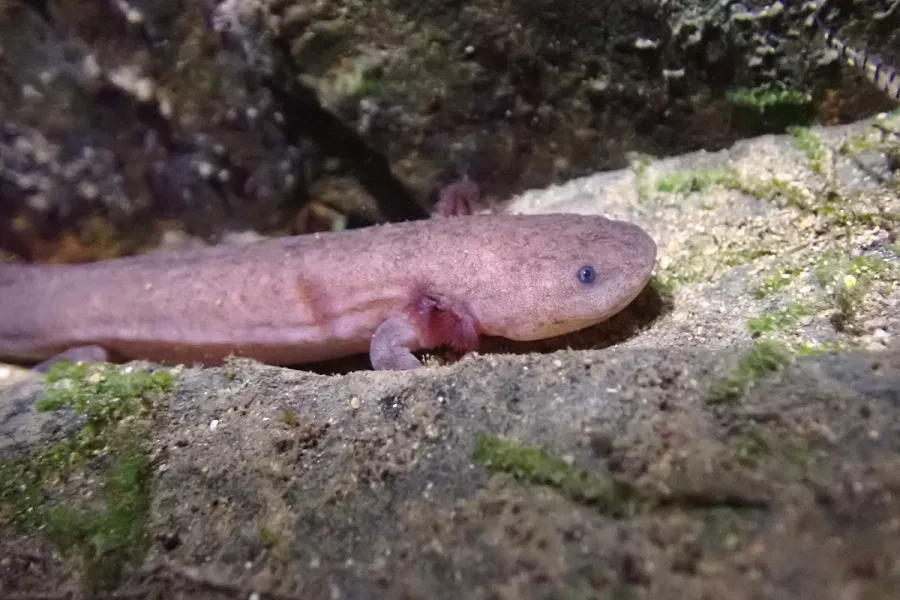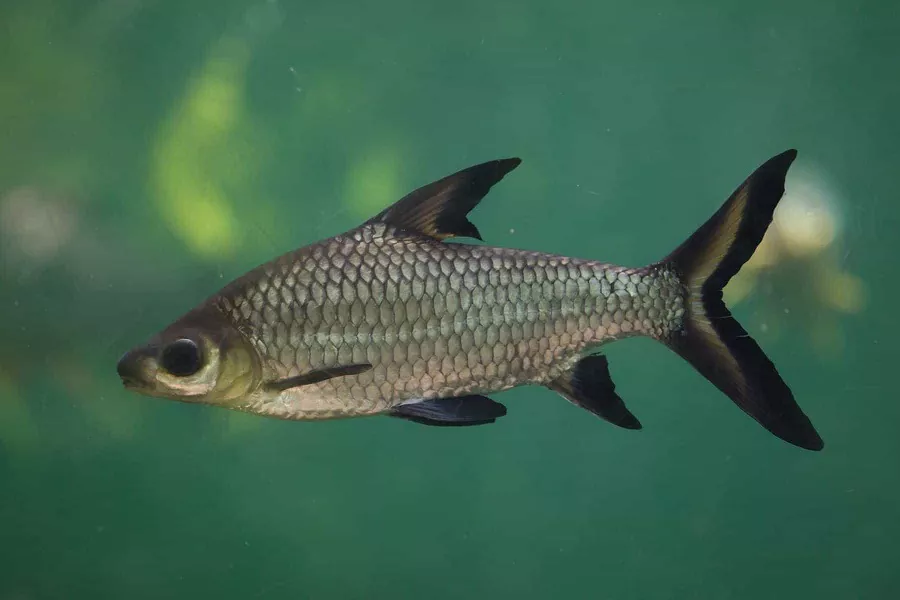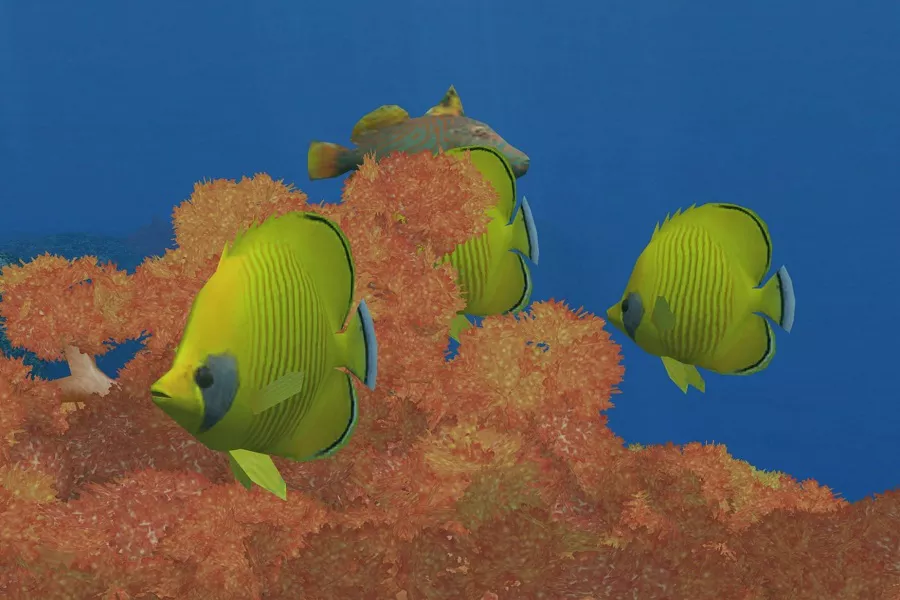What is aphyosemion celiae?
Aegean fish, the Latin name Aphyosemion celiae, is native to West Africa. The caudal fin is slightly longer and wider without bifurcation, and the upper and lower lobes are not extended. The body color tone is light green and yellow, often changing with the environment, and there are black bands on the back and anal fins. The color of the tail fin pattern is very beautiful. Male caudal fin, anal fin with orange band. The flag shape of the female fish is not as colorful as that of the male fish. During estrus, males are more beautiful.
What does aphyosemion celiae look like?
Body shape The head, back and tail handle are relatively straight, elongated like a shuttle, and the eyes are high. The dorsal and anal fins are similar (different colors), symmetrical like a figure of eight, posterior. The tail handle is wide and long. The caudal fin is slightly longer and wider without bifurcation, and the upper and lower lobes are not extended. The body color tone is light green and yellow, often changing with the environment, and there are black bands on the back and anal fins. The tail fin pattern is very colorful. Adult fish are 6-7 cm long. Male and female identification: The body color and fin shape of male fish are brighter and more beautiful than that of female fish.
aphyosemion celiae living habits
Aegean fish likes weakly acidic water quality and high water temperature, and the most suitable temperature is 24-28 °C; the bait is mainly live bait such as red worm and artemia, which has strong vitality, strong body and easy feeding.
aphyosemion celiae rearing
The water quality is weakly acidic and soft, and the water temperature is about 28 °C; the bottom of the spawning box is not covered with sand, and the bundled snapdragon or foxtail grass is put in, and the water temperature is increased by 2 degrees compared with the usual. Give high-quality live food. The production of female fish prints lasts for many days, with more than 10 grains per day. When the male and female broodstock are quiet, fish out the broodstock in order to finish spawning. Fertilized eggs require dim and ventilated conditions to facilitate hatching and emergence. Fertilized eggs hatch in about 2 weeks. The larvae can also eat small individual fish and insects when they start feeding.
Tropical fish feeding management is a comprehensive work. It includes water, bait, heat preservation, etc. It requires mastering the living habits of different species of tropical fish and improving the living environment of tropical fish in a targeted manner.
Reminder: For more knowledge about tiger fish, arowana, australian lungfish, please pay attention to: mtedr.com, to provide you with types of aquarium fish and fish care.


























